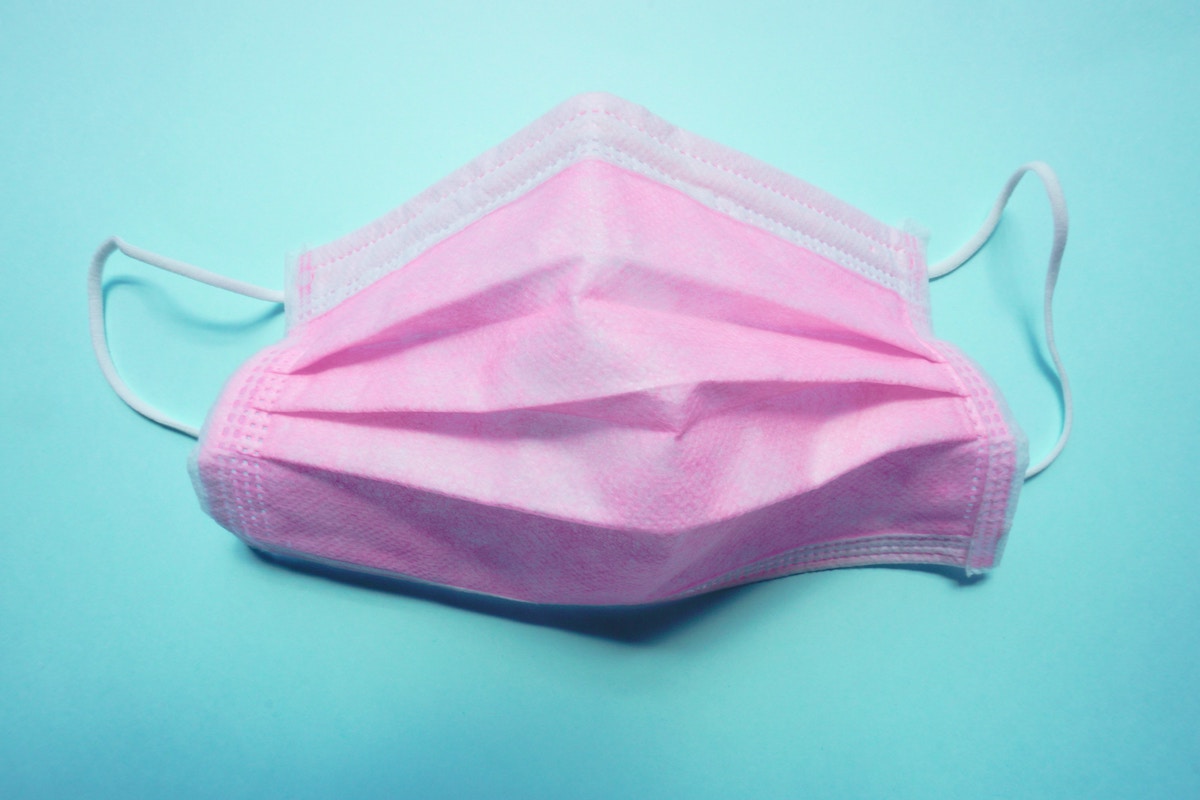Skift Take
More and more venues are advertizing their new health and safety certifications, but event planners may be surprised to learn that many operate on the honor system. Without verification or enforcement, what do these really have to offer?
At this stage in the pandemic, one thing we can certainly count on is an abundance of health and safety guidelines. Planners have a vested interest in ensuring that their events go off without a Covid-19 hitch. Ultimately, the future of the industry depends on their ability to demonstrate the safety of their events.
However, industry protocols are only useful if they’re actually implemented. While event planners might feel reassured by the various certification labels that have surfaced, some rely on an honor system and others have a flexible framework that allows for only partial compliance with the recommended measures.
It’s imperative that we understand what kind of verification process underpins their final seal of approval. This will determine what real protections they promise and how well they mitigate risk.
In this article, we discuss some of the leading certification programs across the world so that you know exactly what to expect from each of them.
Health and Safety Certification Programs from Government Agencies and International Organizations
Government Certifications
While you might assume that a government-sponsored health and safety label would be subject to strict regulatory enforcement, this may not always be the case.
To receive Portugal’s “Clean & Safe” label, for example, applicants simply need to submit a “Declaration of Commitment” in which they promise to comply with the government’s health and safety protocols. Similarly, Spain’s “Responsible Tourism” seal can be downloaded “after completing a form in which the establishment shows its commitment to following the Guidelines.”
The Greek government has gone a step further by making it mandatory for all hotels and venues to obtain its “Health First” certification. Through the government’s online application portal, businesses receive a set of protocols customized to match their size and operational requirements. With that said, none of the Greek government’s publicity materials clarify whether there is any verification mechanism in place. Given that the Greece’s National Transparency Authority recently pledged to launch a new series of inspections to ensure compliance, it seems plausible that the “Health First” seal was initially based on an honor system alone.
As it concerns event planners, the inability to trust that these commitments are being carried out by hotels, venues, and other businesses makes the value of these certificates and designations dubious. It places the burden of verification and enforcement on event planners who presumably have to figure out how to assess the venues on their own — often without the benefit of being in the physical location themselves — which undermines the purpose of the certifications in the first place.
Private Certifications
There are also, of course, several private health and safety certification processes that are gaining in popularity. The World Travel & Tourism Council (WTTC) has its “Safe Travels” stamp. Non-WTTC members can apply for the stamp, but they have to be vetted by a pre-approved travel and tourism industry association or public destination authority. WTTC members, however, simply have to fill in a form and accept the WTTC’s “Terms & Conditions” to receive the stamp and its related guidelines.
Another option, the Global Biorisk Advisory Council’s (GBAC) STAR Facility Accreditation Program, has been adopted by a number of high-profile venues and hotel chains like McComick Place, the Jacob K. Javits Convention Center, the Anaheim Convention Center, and the Hyatt. Based on the explanatory material found on the GBAC website, their accreditation process operates as a form of consultation. They provide a handbook with practical advice; they offer a number of training programs for staff; and in the final stage of certification, they review the company’s updated health and safety policies to ensure they meet GBAC standards. Notably, the vetting process does not seem to involve any on-site inspections.
Similarly, the new WELL Health-Safety Rating requires participating businesses to provide ‘documentation’ showing that their health and safety policies meet some of the WELL association’s recommended protocols for Covid-19 containment. While the Green Business Certification Inc. (GBCI) organization acts as a third-party review agency, the verification process seems to be conducted entirely on paper. A sick-leave policy, for example, would be an acceptable document to provide. In a recent webcast, a representative from WELL explained that one of the optional commitments involves testing the facility’s air and water, but it is impossible to receive a failing mark — this is in contrast to the association’s long standing WELL Building Standard, which has a maximum threshold for allowable particulate matter concentrations in a venue’s water and air samples.
Of the certification processes we reviewed for this article, Bureau Veritas’ SafeGuard label is the only one that appears to involve a third-party audit of the physical site, although the agency considers virtual site inspections acceptable.
All of this amounts to little reassurance for event planners that there is an authoritative guarantee of protection for their events and attendees.
How Event Planners Can Make Health and Safety Certifications Work for Them
Of course, health and safety labels are likely to reassure prospective attendees, particularly since most probably wouldn’t question the accreditation process behind the certification. With that said, event planners have a vested interest in doing more than simply reassuring the end client. Minimizing the risk of transmission is not only good for business, but also necessary for maintaining your own reputation among both clients and regulatory authorities.
While a health and safety seal on a venue may not be an absolute guarantee of high standards, it does help to set higher expectations and establish some level of liability.
What these labels do show is that venues and other businesses have, at the very least, committed to follow health and safety protocols set by the government or another external agency. Most will have adapted these guidelines to produce their own in-house best practices. As Steven Adelman mentioned in his discussion of the Future of Event Security, these commitments constitute a promise that establish a legal obligation on the part of the venue, and potentially on the part of planners who advertize that they have selected a venue on that basis.
As a first step, event planners can ask to see any documentation related to the initial certification process. A certified venue should have all of their internal guidelines organized in an accessible format; if not, they should at least be able to direct you to the external protocols they have committed to follow.
Taking this step should not only make it easy for you to understand what the H&S label is supposed to represent, but could also act as a kind of contract between you and the venue. Make it clear that you expect all of the relevant commitments to be upheld at your event — the association or government body behind the certification may not be able to monitor compliance at all times, but you can be the eyes and ears on the ground during your event.
Reviewing these protocols can also help to ensure that your own logistical arrangements are compliant. You should, for example, double check that the expected crowd density at your event does not exceed allowable limits; even if the protocols were not produced by a government agency, a reputable third-party organization will ensure that their guidelines follow regulatory policy. In many cases, it is not just a question of how many people are allowed to gather together indoors, but how many people are permitted per square foot/meter.
IN CONCLUSION
Although these health and safety certifications do not mean that event planners can take anything for granted, they do help to set a standard of expectation.
It’s still crucial for event planners to do a bit of research into the specific certification. What does the accreditation process involve? Is the program’s emphasis more on infrastructure measures like an updated ventilation system and acrylic screens at registration desks, or is it more on HR initiatives like an updated sick-leave policy or staff education sessions?
Knowing this information will help to start a conversation about what you should already expect from the venue, and what you may want to negotiate as additional safety measures.





